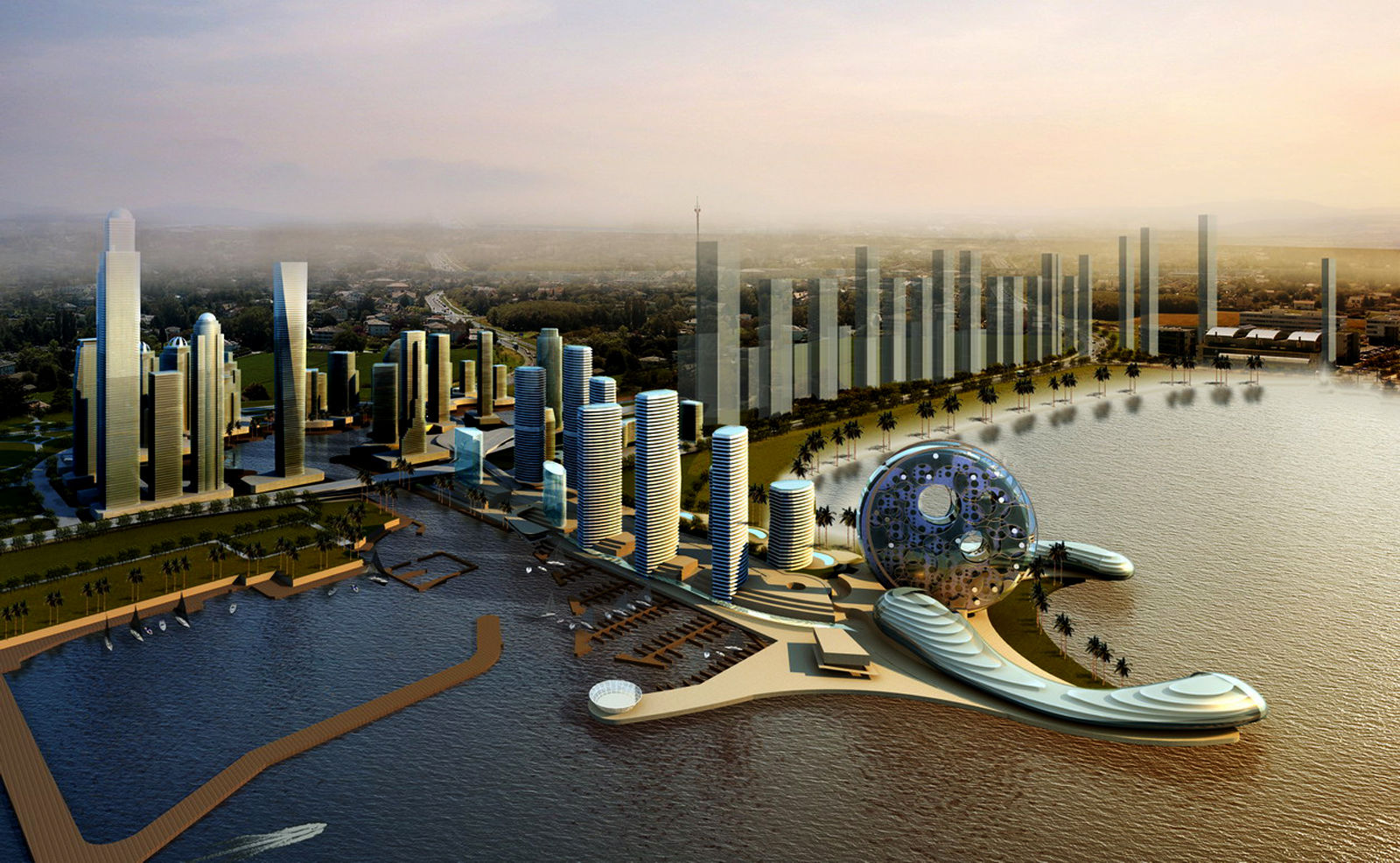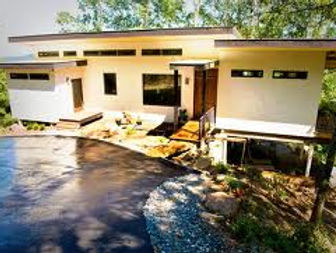
Futuristic Buildings
FB | Today's Technology is Solving Yesterday's Problems

For quite some time, researchers have found a type of building material that is better and stronger than concrete, Hempcrete. This material has the potential to replace concrete as the number one material used for constructing buildings.
Firstly, Hempcrete is a building material that incorporates hemp into its mixture. It is made from the shiv or inside stem of the hemp plant and is then mixed with a lime base binder to create the building material. Since lime is the binding material, builders do not have to heat up the lime as much as a supplier would need to in the industrial creation of concrete . This is in stark contrast to the production of concrete which produces 200kg of carbon dioxide per square metre of walling (Martino, 2013).
In addition, Hemcrete is also carbon negative. It sequesters carbon as it is very high in cellulose. A m3 of wall can absorb up to 110kg of carbon dioxide over its lifetime (Martino, 2013). This carbon dioxide will not be released into the atmosphere. A typical home can absorb over 9 ton of carbon dioxide when being built out of Hempcrete. Besides it will last for thousands of years compared to the 40 – 100 years like normal building materials today. At the end of its useful life span, Hempcrete can be returned to the soil to act as fertiliser (Martino, 2013).
For those concerned about its Hempcrete’s properties in comparison to concrete in terms of versatility and strength, fret not. It is very versatile as it can be used for wall insulation, flooring, walls, roofing and more. Tests have also shown that it is easy to work with and more pliable than concrete. Furthermore, it is fire-proof, water-proof, insect proof and rot-proof as long as it’s above ground. Hempcrete is also an extremely strong, lightweight and breathable material. It is up to three times more resistant than regular concrete to earthquakes. This material can also reduce humidity. When water vapour is taken in from the external environment, Hempcrete holds that humidity until it is ready to be released again when the climate is less humid (Martino, 2013).
In UK, Construction and use of buildings accounts for over 50% of all carbon dioxide produced (Martino, 2013). Hence we can see that if we were to move towards sustainable buildings in a large scale basis, this material provides one of the best value materials for low impact, sustainable and commercially viable construction.
Hemp, a concrete alternative


